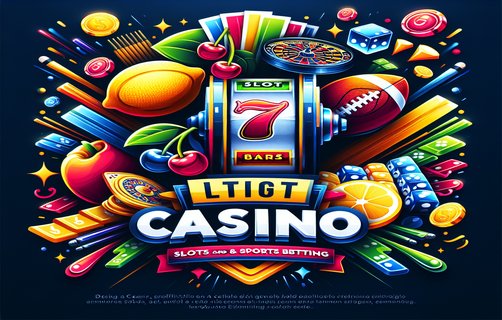Rummy Loot: Strategic Complexity and Player Engagement
रम्मी लूट: रणनीतिक जटिलता और खिलाड़ी सहभागिता

In the world of board games, Rummy Loot stands out as an innovative title that seamlessly blends traditional gameplay elements with modern dynamics. The game's allure lies in its variable board setup, which allows for unique configurations that change from one session to another. This variability not only enhances replayability but also requires players to continuously adapt their strategies, fostering a deeper level of engagement and interaction.
The multiplayer aspect of Rummy Loot is particularly intriguing as it necessitates a delicate balancing of difficulty across different player skill levels. Designers must ensure that no single player, regardless of experience, can dominate solely through luck or familiarity; this promotes a fair competitive environment. This can be achieved through mechanisms like tiered rewards, where novice players receive advantages like reduced risks or enhanced starting resources.
Another distinctive feature is the incorporation of event randomization, an element that introduces unpredictability into the game. By integrating a range of event cards that can alter game states or present challenges, Rummy Loot keeps every round fresh and exciting. The element of surprise ensures players must remain alert and adaptable, thereby increasing the psychological engagement of the game.
The structure of event response phases also plays a crucial role in Rummy Loot's complexity. Players face choices during these phases that can dramatically affect the outcome of the game. Whether to cooperate with others or go solo adds to the depth of strategy, as decisions will reverberate throughout the gameplay. Each move becomes more significant, demanding that players assess risk and reward constantly.
In addition to these mechanisms, the objective cards further enrich the game’s strategic layers. These cards serve as personal goals that players strive to achieve throughout the match, creating a multifaceted game state that offers various routes to victory. Their presence encourages players to both focus on their objectives and monitor the actions of their opponents, fostering an intricate dance of strategies.

Lastly, the use of dice in Rummy Loot is not merely a randomizer; it serves as an influential game mechanic that can tip the scales during critical moments of play. Strategically rolling dice can yield advantages or setbacks, contributing to the game’s dynamic landscape. Nuanced mechanics that allow players to mitigate dice rolls or re-roll under certain conditions empower further strategic development and enhance player agency.
In conclusion, Rummy Loot offers a rich tapestry of gameplay elements that engage players on multiple levels. Its variable board setup, balanced multiplayer dynamics, event randomization, strategic event response phases, and the use of objective cards and dice create a gaming experience that is both exhilarating and challenging. By harnessing these components, Rummy Loot sets itself apart, making it worthy of the attention of dedicated board game enthusiasts.

comments
GamerGeek
This article really captures the essence of what makes Rummy Loot special!
BoardGameBuff
Interesting insights! I love the concept of variable board setups.
StrategicSam
Event randomization sounds like it adds a lot of fun to the game!
DiceDevotee
Great analysis! The use of dice seems innovative and strategic.
PlayfulPaula
Can't wait to try Rummy Loot with the event cards!
ChallengeChad
Balancing difficulty in multiplayer really makes a difference in enjoyment!